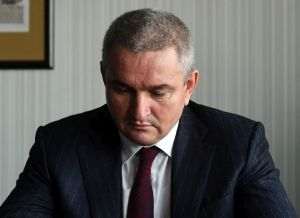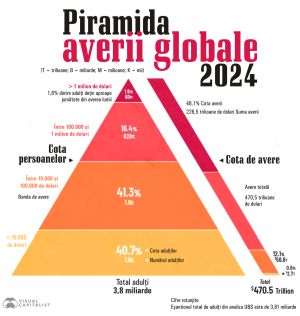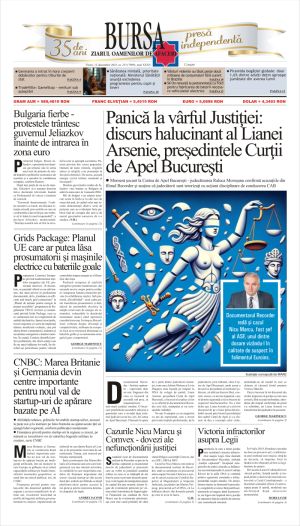The Russian capital market is currently relying on the launch of IPOs of state-owned companies, a development model that is not sustainable for the Moscow Stock Exchange, according to a comprehensive analysis published by the Kommersant daily under the signature of Vitali Gaidaev. He argues that, in the absence of foreign investment and companies capable of competing internationally, local IPOs will become increasingly less attractive and that the prospects for 2025 are uncertain, as many of the planned offerings are postponed due to market volatility and the restrictive monetary policy of the Central Bank of Russia, which maintains the monetary policy interest rate at 21% per year.
The cited source states that although officials and the pro-government press are trying to present the IPO boom that took place last year as a sign of economic resilience, the reality is that the Russian capital market is operating in an artificial vacuum, created by isolation and restrictions. Instead of being a sign of maturity, the explosion of Russian IPOs is more a symptom of an economy in crisis, which is trying to make up for its losses with short-term solutions, the author of the analysis in the Kommersant publication specifies.
The analysis states that last year the Russian capital market witnessed an unprecedented wave of IPOs (Initial Public Offerings), with a record number of companies listing their shares on the stock exchange in October 2024 - 14 - which attracted 81 billion rubles (786.8 million euros), compared to only 8 in October 2023, for 41 billion rubles (398.2 million euros). While local authorities and analysts present this development as evidence of economic resilience and independence from Western markets, the reality is much bleaker. The boom in Russian IPOs is more of a survival maneuver than a sign of financial maturity, and the apparent success of the market hides serious structural problems, the cited source states.
She notes that if in any genuine market economy, a wave of IPOs signals a vibrant business environment, with expanding companies seeking to attract capital for development, in Russia the situation is diametrically opposite: the recent IPOs are the result of international financial isolation and lack of access to external capital. In short, Russian companies are being forced to list on the local market not out of a desire for growth, but out of desperation, in an attempt to secure liquidity in a hostile economic climate.
According to the cited analysis, one of the most worrying aspects of this trend is the fact that much of the capital attracted comes from investments by ordinary citizens. Since the beginning of the isolation of the Russian financial market, the authorities have aggressively promoted the idea that "the national stock exchange is the future" and that the population must invest in the local economy. This strategy was imposed in a context in which investment alternatives were drastically limited and international markets became inaccessible. In other words, we are not witnessing a genuine wave of investment enthusiasm, but a forced phenomenon, artificially supported by the lack of options.
The cited source also shows that the alarm signal is given by the relatively modest size of recent public offerings. If in 2006-2007, Russian IPOs attracted tens of billions of dollars, today the average value of a listing is about 5.7 billion rubles (about 62 million dollars), almost ten times lower than in the heyday. This trend indicates not only a decline in investor confidence, but also the fact that large Russian companies can no longer rely on capital markets for financing, while smaller players are trying to take advantage of an artificial moment of enthusiasm.
However, according to brokers contacted by Kommersant, in the coming months the activity of issuers on the Russian capital market will be minimal.
"There are several reasons for the postponement of transactions: the weak dynamics of the Moscow Exchange index, which cannot gain more than 2800 points, as well as the tight monetary policy of the Bank of Russia. The market is influenced not so much by the current rate, but by expectations about the further monetary policy of the Bank of Russia, the trend of the main index, blue chips, as well as by the great uncertainty among investors," the cited source notes.
As for the prospects for 2025, the head of the Capital Markets Department at T-Bank, Anton Malkov, does not rule out a maximum of ten IPOs, as well as the first transactions worth 15-20 billion rubles. provided that we have a reduction in the reference interest rate by the summer.
The author of the analysis states that, in addition to private companies, the Russian state is also trying to take advantage of this "window of opportunity". The Finance Ministry in Moscow has announced a plan to list ten state-owned companies by 2030, and the first IPOs are expected as early as 2025, but the source cited specifies that this plan is nothing more than a new way in which the Kremlin government is trying to fill the financial gaps generated by international sanctions and increasing spending. In other words, local citizens and investors are being transformed into a source of financing for the state apparatus.



























































